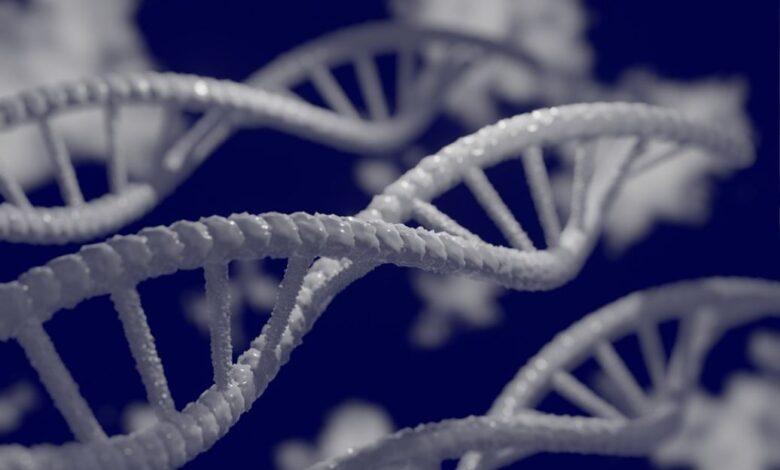A project to create a synthetic human genome has been launched in the UK

In Great Britain, a five-year scientific project called Synthetic Human Genome (SynHG) was launched, the goal of which is to create large fragments of human DNA in laboratory conditions. About this informs The Guardian.
Researchers seek to deepen understanding of the functioning of the human genome and lay the groundwork for new approaches to the treatment of complex diseases, including autoimmune diseases and viral organ damage.
The project is led by Professor Jason Chin from the Medical Research Council Laboratory of Molecular Biology in Cambridge. The team also includes scientists from leading British universities: Cambridge, Kent, Manchester, Oxford and Imperial College London. The first stage envisages the synthesis of individual chromosomal fragments that will be inserted into human skin cells in order to study their behavior.
This is the first large-scale initiative to “rewrite” the human genome from the bottom up — from the molecule to the cell. Previous experience creating a complete synthetic E. coli genome, which is a thousand times smaller than the human genome, helped Chin’s team prepare to work with the human genome, which has more than 3 billion base pairs.
Scientists pay special attention to the study of the “dark matter of the genome” – parts of DNA whose functions are still poorly understood. Their research may shed light on the mechanisms of gene regulation, epigenetics, and the origins of hereditary diseases.
An ethics group led by Professor Joy Zhang from the University of Kent will work alongside the scientific team. It will analyze the social implications and potential risks of the project, including concerns about creating “designer babies” or genetically modified organisms for domestic or industrial use.
Bioethicists are also considering the prospect of introducing synthetic mitochondria to prevent hereditary diseases transmitted from the mother. Such an approach could reduce dependence on donors and simplify artificial insemination procedures.





